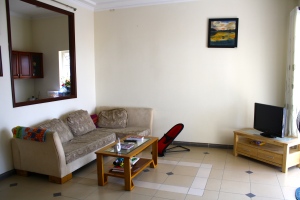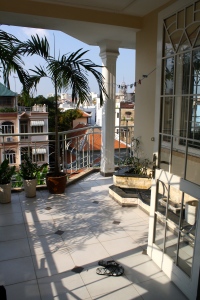
Texas is an extremely urban state. 86% of Texans are urban dwellers. 3 Texan cities are among the 10 largest in the country and 6 are among the 25 largest. Yet, in the popular imagination, Texas is the embodiment of the west. Cowboys, Indians, Mexicans, the Alamo, the Texas Rangers and “land, lots of land” are the images that Texas conjures. More than once when moving, people told me to enjoy the southwest and I had to let them know that Houston is in a coastal sub-tropical jungle, with a climate (and culture) more akin to Southern Louisiana or Mississippi than Santa Fe. The arid part of the state is about a 10-hour drive west of me.
With all of the investment of the Texan (and American) imagination in a rural state, it’s little wonder that Texan cities seem largely devoid of identity. While (relatively recently) Austin has developed a reputation as the hipster capital of the South and San Antonio is known as the center of Tejano culture, the state’s largest cities aren’t much more than an afterthought on the list of the country’s great urban centers. Dallas is either a primetime soap opera or the place where Kennedy was shot and Houston is where you call when your spaceship breaks down. Neither is the sort of place where you’d want to honeymoon, or even go out of your way to visit if you were in the area. Both are thought of as sprawling, bland corporate centers, if they’re thought of at all.
As Houston looks to surpass Chicago in population and become the third largest city in the country (something that will happen in the next ten years), there’s come a sudden realization that the city does need an identity. Houston is inventing its urban culture right now.
 Of course, for many Houstonians, this is nothing new. One of the most fun projects that looks at Houston is “Houston. It’s Worth It,” a series of photo exhibitions and books completely generated by random Houstonians. Interestingly, the project takes some of the things that are potentially the most hideous about the city and invokes them as symbolic, ranging from refineries to sprawl to flying cockroaches. Another is the Rice Design Alliance and their fantastic magazine Cite. Published since 1982, Cite is one of the best design magazines I know. It should be read far and wide, not just in Houston.
Of course, for many Houstonians, this is nothing new. One of the most fun projects that looks at Houston is “Houston. It’s Worth It,” a series of photo exhibitions and books completely generated by random Houstonians. Interestingly, the project takes some of the things that are potentially the most hideous about the city and invokes them as symbolic, ranging from refineries to sprawl to flying cockroaches. Another is the Rice Design Alliance and their fantastic magazine Cite. Published since 1982, Cite is one of the best design magazines I know. It should be read far and wide, not just in Houston.
For me, this is a very interesting process to watch. I’ve been interested in urban identity for a long time, and Texas, while not separated from the rest of the country by language like Québec, has a fascinating history and “national” identity that’s very distinct from the rest of the country. While doing my research on Montréal, I found an interesting little book that Jane Jacobs wrote on Québec separatism. Like her writings on the economy, Jacobs saw cities at the center of identities. She said, roughly paraphrased, that a people without a metropolis would only survive as a museum piece. So perhaps, like Montréal in the 60s, Houston today is where what it means to be Texan is being worked out.



















